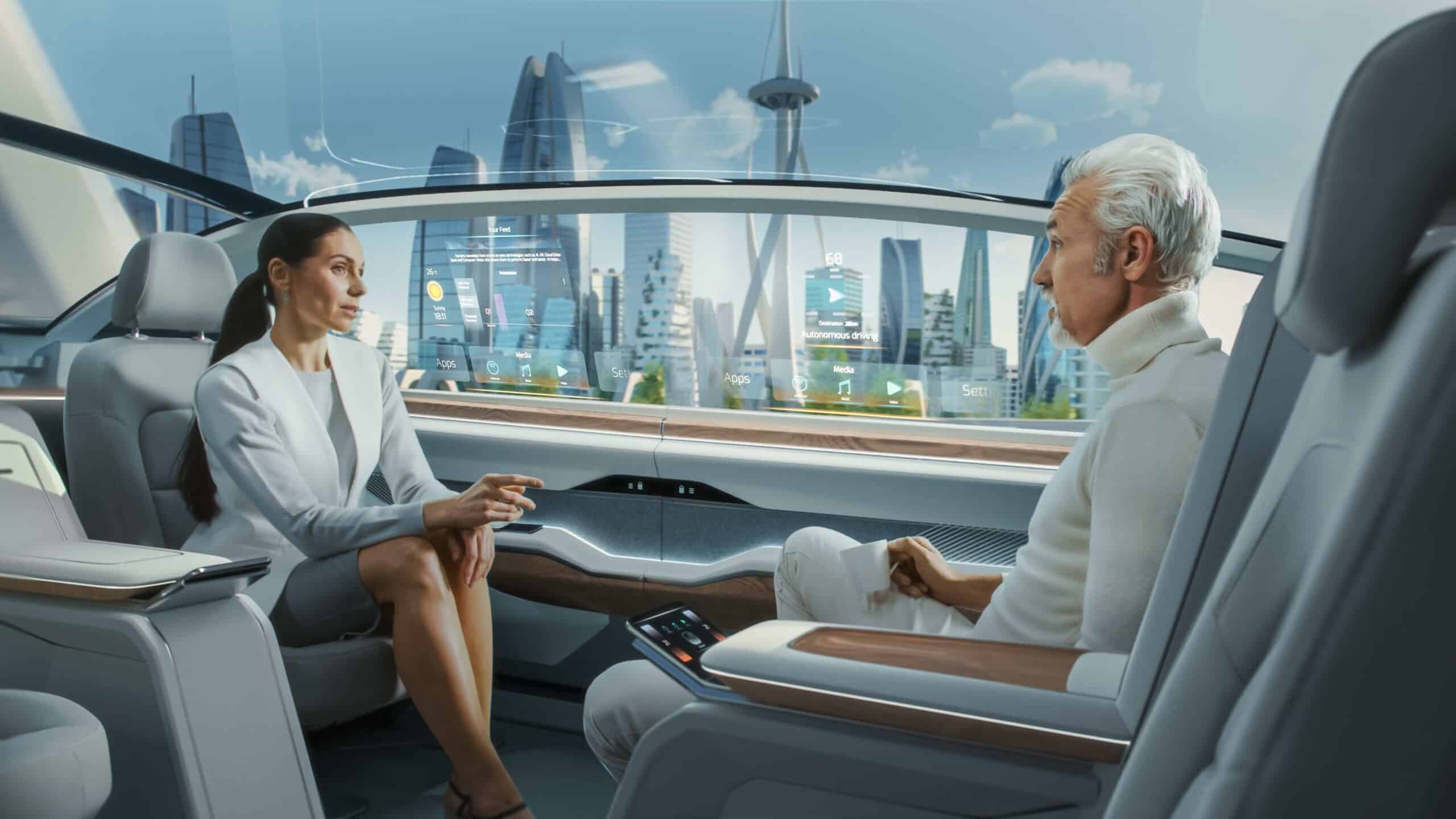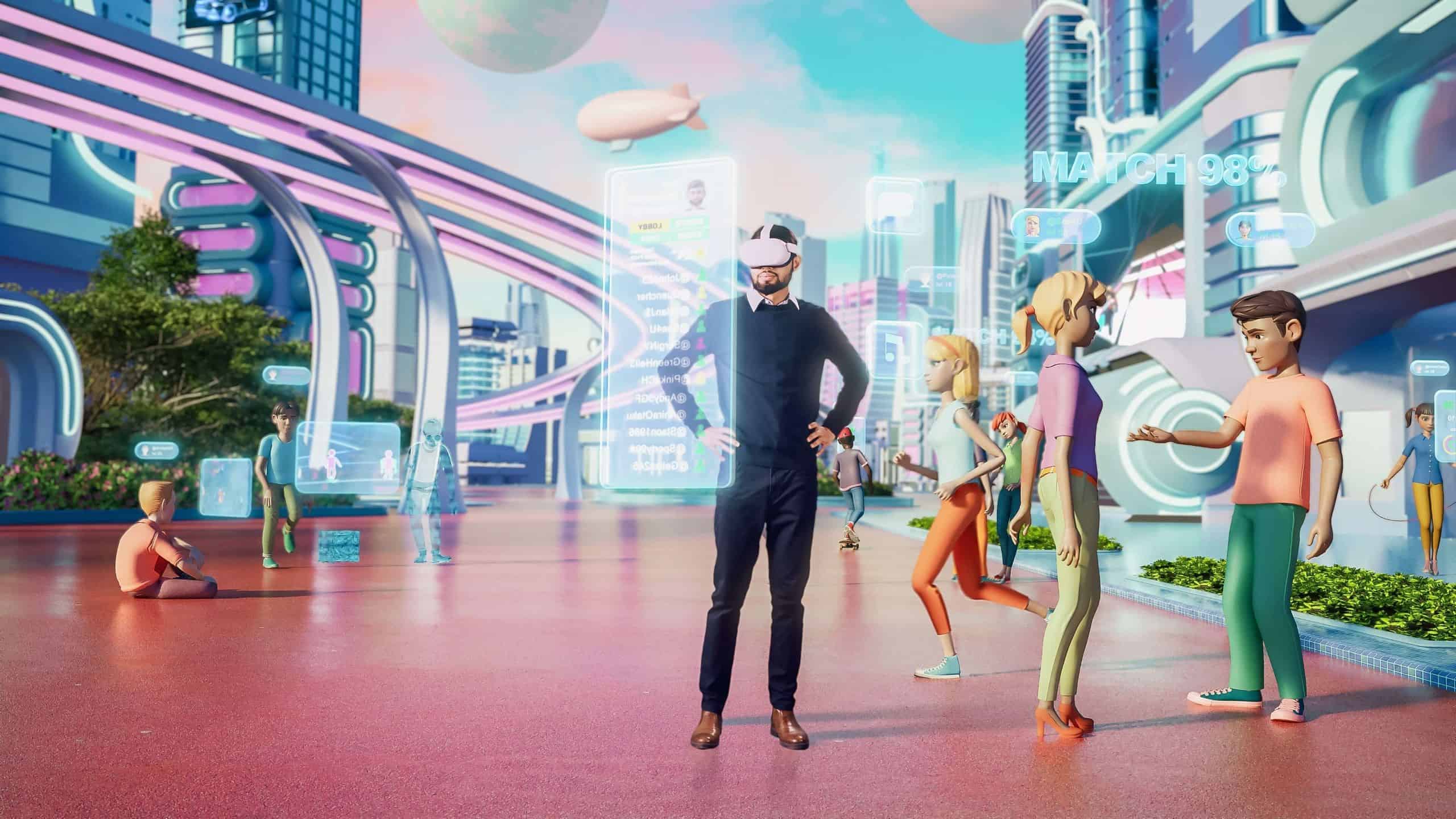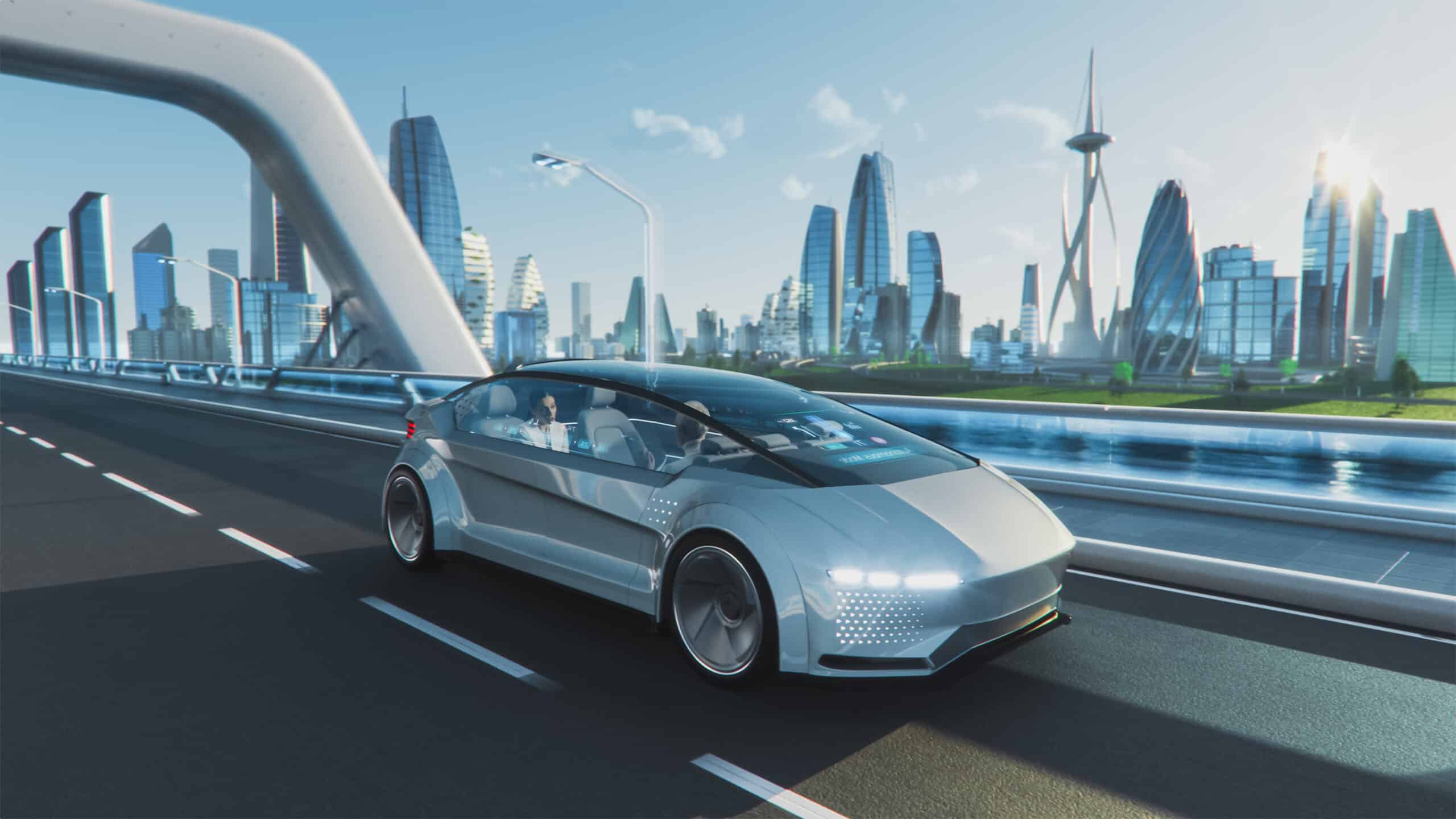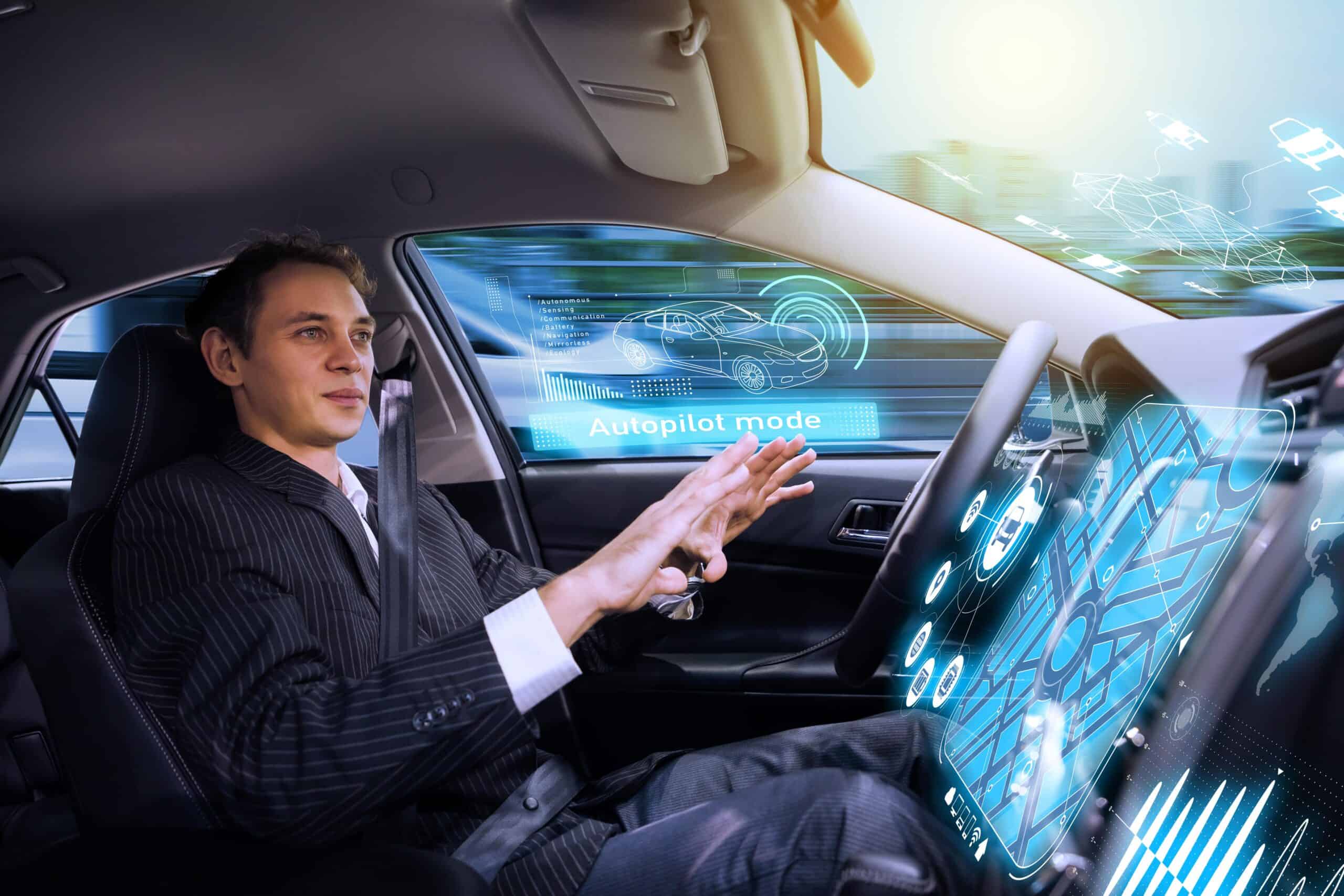- Identifying threats online with sophisticated algorithms
- The presidential limo: ‘Cadillac One’, affectionately known as ‘The Beast’
- High-tech security measures at the White House
- Rapid technological developments are a double-edged sword
Presidential security is a momentous undertaking for the Secret Service and requires the mastering of logistics, diplomacy and continuously evolving technology. Technology that keeps the president safe ranges from underground bunkers with biometric access control and armoured presidential vehicles to deploying advanced magnetometers and sophisticated air and water filters. In this article we will discuss the various ways in which technology is used to protect president Trump.
Identifying threats online with sophisticated algorithms
With staggering volumes of extreme rhetoric on the Internet, searching social media for ‘Trump’ combined with any derivative of the word ‘assassination’ generates billions of results. The Secret Service has a dedicated ‘Internet Threat Team’ that makes use of sophisticated algorithms to monitor social media for threats containing these and similar phrases. It is a momentous task to identify potential terrorists and assassins in this avalanche of online references to or messages directed at the president. Threats are usually flagged and assigned categories. Those flags must then be investigated and reconciled with the intelligence gathered on the ground.
A class 1 threat usually appears serious, then turns out not to be. Class 2 threats are considered serious, but are generally issued by individuals who are unable to carry out their actions because of their location. Class 3 threats are considered the most serious. These call for the Secret Service to question the person that issued the threat as well as his or her friends, family members or acquaintances to determine the likelihood of the threat being carried out. Various people have already ended up in jail after tweeting threats towards former president Obama. In 2012, Jarvis Britton from Alabama got a visit from the Secret Service after tweeting “I think we could get the president with cyanide! #MakeItSlow”. He was jailed in 2013 after tweeting similar messages. In the same year Donte Jamar Sims from North Carolina was imprisoned for six months for tweeting “I am going to assassinate president Obama this evening.”
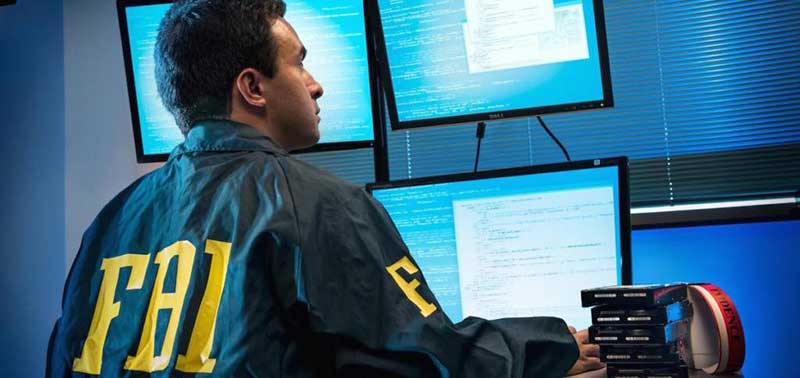
The presidential limo: ‘Cadillac One’, affectionately known as ‘The Beast’
The president is particularly vulnerable when out and about. Designed by the Secret Service, the $1.5 million presidential vehicle ‘The Beast’ – also known as ‘Cadillac One’, ‘First Car’ or ‘Stagecoach’ – however keeps the president safe while travelling. The Beast is one of the president’s twelve nearly identical impenetrable wheeled fortresses. Even though the car says ‘Cadillac’, it is actually built by a research and development arm of GM. The vehicles travel with their own armed federal agent-mechanic who carries a host of tools and electronic diagnostic devices. Not much is known about The Beast but over the years, a few details made it to the surface.
Heavily armoured superstructure
The Beast is heavily armoured, military-style. It is bullet and bomb-proof and features doors that are 20.5 cm thick and weigh as much as the doors on a Boeing-757. The doors have no keyholes and only the Secret Service agent knows how to open them. The limo is made of steel, titanium, aluminium and ceramic. The armoured fuel tank is encased in a special foam so that it is protected from rupture. The Beast has shred- and puncture resistant Kevlar-reinforced run-flat tyres. In the unlikely event the tyres do get destroyed, the car is still able to speed off on its steel rims. The cabin can be locked down and turned into an almost impenetrable space, sealed off to the environment to keep the occupants safe from the threat of chemical or biological attacks. The vehicle has its own oxygen supply under the president’s seat as well as emergency medical equipment, life support systems and bottles of the first family’s blood types.
Driver trained by the Secret Service
The dashboard of The Beast contains a tracking system and a sophisticated communications centre. The window of the driver can only be lowered by approximately 7 cm. The Secret Service agent assigned as the driver needs to take intense defensive driving courses during which he practices precision driving, high-speed cornering and evasive manoeuvres.
The Beast has its own airplane
Yes, The Beast even has its very own plane. Whenever the president is travelling, the Secret Service uses the Boeing C-17 Globemaster military aircraft to transport the presidential limousine and his security detachment. It also has space for a second limo as well as an armoured Chevrolet Suburban communications vehicle.
High-tech communication systems
Being the hermetically sealed and armoured vehicle that it is, hardly any sound can enter The Beast. It is therefore fitted with exterior microphones and interior speakers. Furthermore, the seat of the president is equipped with a high-tech satellite telephone and a direct line to the Pentagon and the vice president. Other sophisticated systems enable communication between the vehicles of the motorcade. Then there’s the White House Communications Agency Roadrunner vehicle, which enables communication with other vehicles accompanying the president on trips abroad through encrypted radio and video transmission via military satellites.
Unverified James Bond-type features
The Beast is believed to boast various other spectacular features, although these are unverified. One of them is the ability to fire infrared smoke grenades. These would be used to shield the vehicle from a rocket, grenade or missile attack. The driver apparently has a type of video system as well as night vision cameras and monitors that allow him to drive in conditions with minimal visibility such as during a blackout, in extreme weather conditions or in smoke. The Beast is also alleged to have shotguns and tear gas cannons on board. While not much is known about the new generation Cadillac One that will be used by president Trump, it is expected that it will boast all of the features discussed here, complemented by some high-tech upgrades to make the vehicle even safer.
High-tech security measures at the White House
After the bombing of the World Trade Centre in the early 90s, followed by the 9/11 terror attacks, security in and around the White House increased significantly. It’s not easy to secure the most famous home in the world and surrounds from threats. It involves various layers of surveillance and defense, with some measures being more obvious than others.
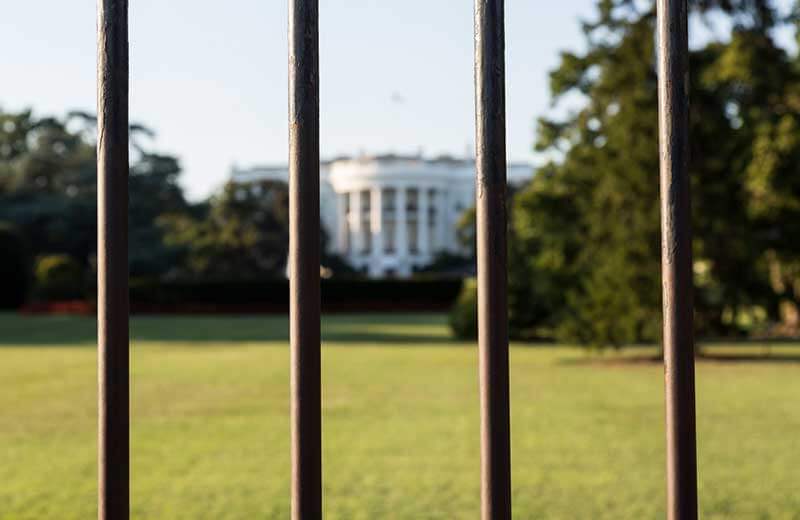
3D model of Washington DC
There is a real-time, 3D model of Washington DC that is monitored by the police, the Secret Service, the NGA and others. This model uses incredibly powerful number-crunching supercomputers that look for patterns. The city is teeming with 24-hour surveillance cameras as well as radiation- and air monitors that take continuous readings.
Secret Service, SWAT teams and snipers
Entire blocks around the Mansion and White House Lawn are dotted by Secret Service agents carrying shotguns, semiautomatic pistols and machine guns and on the roof of the White House you will also find snipers. The parks around the White house are teeming with security personnel, as are the entryways and rooftops of the adjacent buildings. Whenever the president leaves or enters the White House, entire SWAT teams make their way onto the roof. The roads surrounding the White House are closed off for vehicle traffic and only allow limited numbers of pedestrians. Both the Treasury Department (situated to the east of the White House) and the Eisenhower Executive Office Building (situated to the west) are blocked off by controlled access points and their roofs are filled with Secret Service agents.
Restricted airspace
The area above the White House, expanded by 15 nautical miles and more aggressively enforced after 9/11, is a no-fly zone for airplanes and helicopters. Any disruption of the no-fly zone will be picked up by the radars and lasers on the roof that monitor the area twenty-four hours a day. The area is also regularly patrolled by F16 fighter jets and probably drones as well.
Bullet proof windows all around
The strongest possible ballistic glass panes were installed in all 147 windows of the White House in the 1950s. In the past, shots have been fired at the White House from as far as 650 metres away and bullet remains are still regularly found around the property. The bullet proof windows are also fitted with ultrasonic equipment that prevents listening devices from monitoring what goes on inside the building.
Cameras, sensors and alarm systems
Not much information is available about alarms and other security technology in and around the White House. We do know, however, that there are various types of alarm systems throughout the complex as well as beneath the ground. Ground sensors and electronic eyes capable of sensing weight and movement monitor the complex twenty-four hours a day. Closer to the house are infrared detectors and audio detectors. Each and every angle of the White House is covered by cameras that continuously take video footage.
Background checks
Anyone visiting the White House is subject to strict background checking and upon entering, visitors are screened by magnetometers which are placed on all doors and send silent alarms to the guards, should they detect a weapon or any type of radioactive material.
Stringent air and water quality monitoring
Besides magnetometers and other types of screening, the White House also has systems in place that continuously purify and monitor the water for chemical and biological contaminants. If harmful substances are detected, an alarm goes off, the main water supply is shut down and the backup water supply is used. Even the air in the White House is constantly checked for poisonous substances and radioactivity and a sophisticated air filtration system keeps the air free from contaminants.
Food scanners and food tasters
Anything edible or drinkable that enters the White House, whether it’s brought in by a visitor or delivered for the chef to prepare for the first family and their guests, is checked for contaminants and other health hazards. While the Secret Service has never confirmed whether the president travels with a ‘food taster’, they do investigate the source and preparation of the food the president eats when dining out, to ensure it is not tampered with in any way. The venues and staff are also thoroughly checked before and monitored during an event. Even though not confirmed, food tasters are regularly mentioned in publications about presidential dinners and other functions. The taster, which is usually the presidential chef, samples the food before the president starts his dinner.
Underground tunnel networks and bunkers with biometric access control
Under the White House is a secret tunnel system that connects the White House to the adjacent Eisenhower Executive Office Building, the New Executive Office Building, the bunker under the VP Residence at the Naval Observatory, the bunker under the Blair House, the State Department, the Pentagon, the US Capitol and other buildings. This massive underground network of tunnels and bunkers provides the President and his staff the option to quickly relocate in the event of an emergency. Six storeys below ground under the East Wing of the White House is the Presidential Emergency Operations Centre (PEOC), a secure meeting place that can be used during an emergency situation. Access to this meeting place is via an elevator located behind various vault-type doors boasting sophisticated biometric identification and access control systems. The presidential bunker is designed to withstand a direct nuclear attack.
Conclusion
Of course the threat of attack is always there, but there are many sophisticated measures in place to prevent or respond to an attack. The Secret Service employs a variety of resources to guarantee the president’s safety, ranging from uniformed officers and armoured vehicles to various tactical and technical measures. The rapid pace of technological developments has enabled the Secret Service to deploy sophisticated new security measures. This is however also a double-edged sword as the same technology can also be used for sinister purposes.



